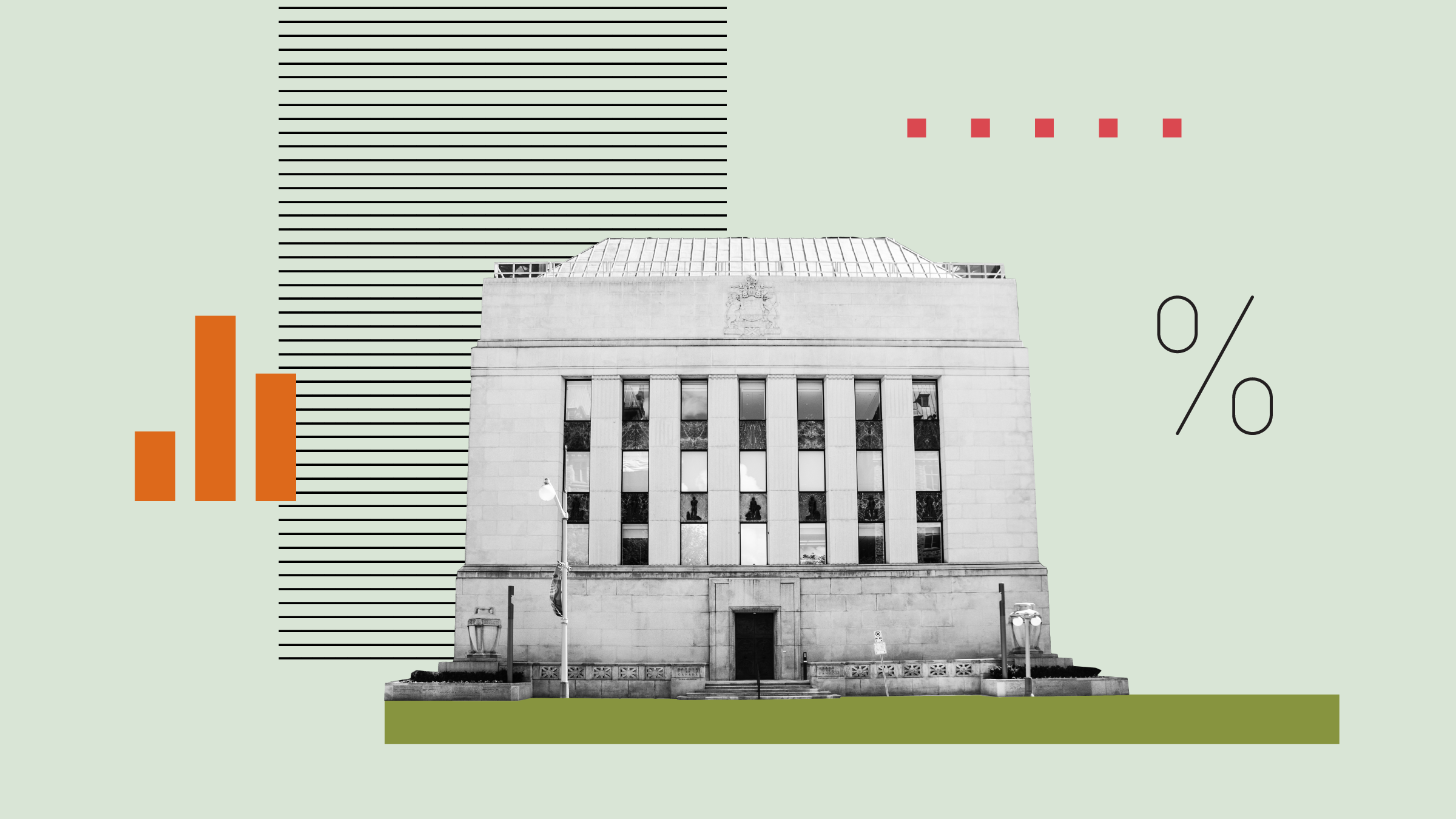When deciding where to invest this year, there's no place like home, thanks to the home renovation tax credit, a federal subsidy for homeowners that provides tax credits of up to $1,350 per household.
According to an Angus Reid poll conducted in mid-June, 80% of Canadians admit to knowing very little about this new federal perk that was introduced in January. What homeowners should be aware of, first and foremost, is that they need to act soon to take advantage of it. For homeowners to be eligible, the renovations or other eligible home improvements must be completed between Jan. 27 of this year and Jan. 31, 2010.
The subsidy is paid in the form of a 15% tax credit for eligible expenses greater than $1,000. To qualify for the maximum $1,350 government payout, you must spend at least $10,000, of which $9,000 is eligible for the 15% credit.
Any amounts spent above $10,000 aren't eligible for the tax credit. Even so, depending on your marginal tax rate, the home renovation credit might offer a better bang for the buck than other tax-saving alternatives such as retirement savings. For instance, at a 30% marginal tax rate, you would need to contribute approximately $4,500 to your RRSP to generate a tax refund equal to the maximum tax credit available for a home renovation.
Also, since the federal subsidy is a tax credit, as opposed to a tax deduction, it is unaffected by the individual's marginal tax rate. Nor is there any clawback of government benefits for individuals who claim the home-renovation credit.
Another plus for taking advantage of the renovation credit is that capital gains realized from the sale of your principal residence are tax-free. Therefore, any increase in resale value as a result of home improvements represents tax-free growth, assuming that this value can be realized when the residence is eventually sold.
A wide range of home improvements are eligible for the tax credit, and they can be made to either a principal residence or to a secondary one such as a cottage. Examples of eligible expenses include remodeling your kitchen or bathroom, painting the inside or outside of your residence, installing a new furnace or building a deck or fence. The costs of equipment rentals, professional services and permits are also eligible for the credit.
If you're a condominium owner, you might be eligible for the tax credit even if you don't spend a nickel on your own unit. That's because your share of spending on improvements to the common areas of a condo also qualify for the 15% credit. Ask your property manager to find out if this applies to you.
Not every type of home improvement is eligible for the home renovation tax credit. You can't claim it if you buy a new couch or a big-screen TV, or a new oven or dishwasher. Along with spending on furnishings and appliances, routine home repairs, such as cleaning your furnace and regular maintenance on your pool, are also ineligible for the federal subsidy.
To further increase the amount of government subsidies that you could receive, determine if the renovations that you are considering are eligible for the ecoENERGY retrofit-homes grant. The federal government will allow you to take advantage of both these incentives for the same renovation project.
The ecoENERGY program provides even greater subsidies, since homeowners can receive grants of up to $5,000 to offset the cost of making energy-efficient home improvements such as replacing windows and doors or adding insulation. The grant is based on the energy savings resulting from the home improvement, and not the cost of the improvement.















